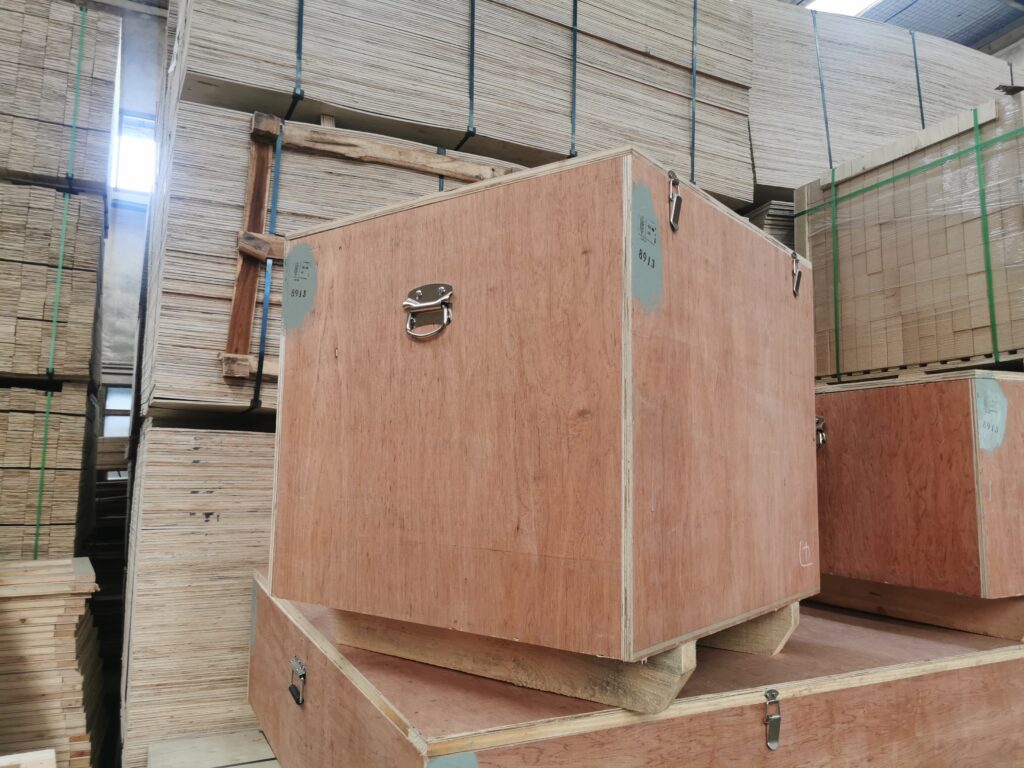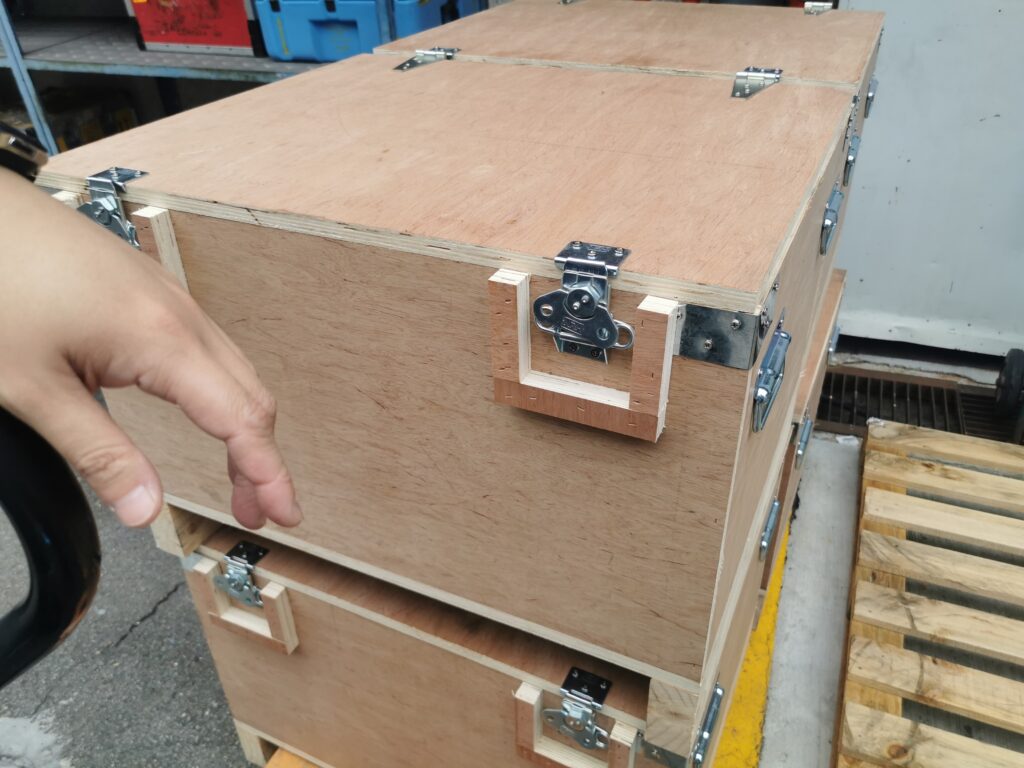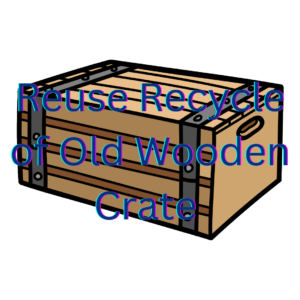Crate
How to Choose the Best Wooden Crate for Shipping
Shipping products is an important aspect of business and making sure your items arrive safely and securely is a top priority. Choosing the right wooden crate for shipping can make all the difference in the safety and security of your products. In this article, we will discuss what the best wood is for shipping crates, what crate is required for international shipping, how to make a strong shipping crate, and the different classifications of crates.
At JSX Lab all our wooden crate will got through heat treatment process before deliver.
What is the best wood for shipping crates?
When it comes to selecting the best wood for shipping crates, there are a few factors to consider. The wood should be strong, durable, and able to withstand any damage that may occur during transit. The most common woods used for shipping crates are pine, spruce, and fir. These woods are lightweight yet sturdy and are readily available.

What crate is required for international shipping?
When shipping internationally, it is important to ensure that your crate meets the International Standards for Phytosanitary Measures No. 15 (ISPM 15) requirements. This means that the crate must be made from heat-treated wood or fumigated with methyl bromide to prevent the spread of pests and diseases across borders. The crate must also be marked with the appropriate stamp or mark to indicate that it meets these standards.
Read: Did You Know What Wooden Crate Box Work?
How do you make a strong shipping crate?
To make a strong shipping crate, it is important to use quality materials and proper construction techniques. Here are a few tips to help you create a sturdy and secure shipping crate:
- Use high-quality wood: As previously mentioned, pine, spruce, and fir are commonly used for shipping crates. Ensure that the wood is free from knots and defects.
- Use the right thickness: The thickness of the wood used for the crate will depend on the weight and fragility of the items being shipped. Thicker wood is needed for heavier items to provide adequate support.
- Secure the corners: Reinforce the corners of the crate with metal brackets or corner protectors to prevent damage during handling and transportation.
- Use proper fasteners: Use screws or nails to secure the boards together. Avoid using staples, as they can easily come loose.
- Add padding: Adding padding inside the crate can help protect fragile items during transit. Use materials such as bubble wrap or foam to cushion the items.

What are the classifications of crates?
There are different classifications of crates based on their construction and intended use. Here are the most common types:
- Wooden Box: A wooden box is a simple crate made from solid wood boards. It is often used for storing or transporting smaller items.
- Plywood Case: A plywood case is a crate made from plywood panels. It is often used for heavier or larger items.
- Wooden Case: A wooden case is a crate made from solid wood boards with a top lid that can be removed. It is often used for fragile or valuable items.
- Shipping Box: A shipping box is a type of crate made from corrugated cardboard. It is often used for smaller, lighter items and is more affordable than wooden crates.
Read: Did You Know Wooden Box is Reusable Packaging

In conclusion, choosing the right wooden crate for shipping can help ensure the safety and security of your products during transit. By using quality materials, proper construction techniques, and selecting the appropriate type of crate, you can have peace of mind knowing that your items will arrive at their destination in one piece. If you need assistance with selecting or creating the right crate for your shipment, consider utilizing an onsite packing service that specializes in shipping and logistics.
whatsapp








